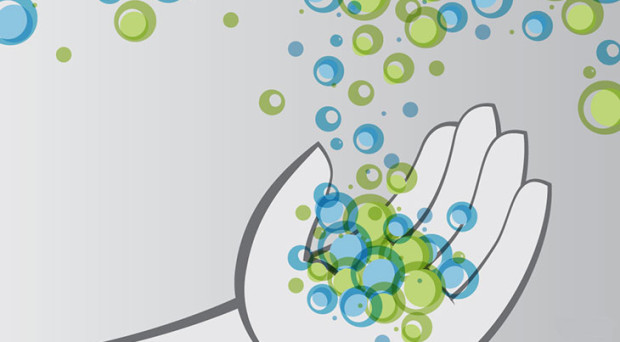
More than ten years have passed to promote the compliance of hand hygiene among health care providers.
The campaign aims to reduce healthcare-associated infection (HCAI) globally, since HCAIs are still among the major problems for patient safety. This year, the improvements of hand hygiene practices in all surgical services have been focused on. The Intensive Care Unit (ICU) is one of the most critical areas of the surgical services.
Why is hand hygiene important?
The prevalence of hospitalized patients who acquired at least one HCAI ranged from 3.6% to 12% in high-income countries. The incidence of HCAIs in developing countries may be much higher.
Hands are the main pathways of invisible micro-organism transmission and multi drug-resistant pathogens.
Unsafe patient care most frequently leads to HCAI. The main causes of the big five HCAIs include micro-organism transmission from a patient or the hospital environment to a patient’s clean site, to a catheter hub or insert site, to a urinary catheter or to a surgical site.
Hands are the main pathways of invisible micro-organism transmission and multi drug-resistant pathogens. Therefore, for all healthcare workers, proper hand hygiene is the most important, simplest and least expensive means of preventing HCAIs.
The ICU is one of the most risky places for healthcare associated infections
The risk of HCAIs is significantly higher in ICU, with approximately 30% of patients affected by at least one episode of HCAIs. The incidence of HCAIs is associated with the use of invasive devices (such as central lines, ventilators and urinary catheters) or the immune status of critically ill patients.
Although critically ill patients are at high risk of HCAIs, compliance of hand hygiene is often lower in the ICU.
Although critically ill patients are at high risk of HCAIs, compliance of hand hygiene is often lower in the ICU. Several studies have shown doctors to have poor compliance with hand hygiene in general. All healthcare workers, especially ICU physicians, should check their hand hygiene during procedure.
Lack of compliance among healthcare providers
Hand hygiene should be done in the correct timing and procedures. The WHO recommends at least five indications for hand hygiene as ‘My 5 moments’, as follows:
1) before touching a patient;
2) before a cleaning/aseptic procedure (like inserting catheters or administering intravenous medication);
3) after body fluid exposure risk (like blood, saliva or sweat);
4) after touching a patient; and
5) after touching patient surroundings (furniture, doorknobs, infusion pumps or any surface close to the patient).
However, ‘My 5 moments’ is hard to remember and sometimes confusing. The important thing is not memorizing the ‘My 5 moments’ but understanding the reasons for hand hygiene.
As surgeons strictly distinguish between clean and dirty sites, we should distinguish three areas (healthcare area, patient surroundings, and patients) and two sites (clean site and body fluid site).
‘My 5 moments’ consist of two ‘before’ for prohibiting micro-organisms to carry on and three ‘after’ for prohibiting micro-organisms to spread. Furthermore, we wonder if all health care workers are able to perform correct hand hygiene procedures.
The minimum duration of the entire procedure is 20 seconds by rubbing hands with an alcohol-based formulation. When hands are visibly dirty or soiled with body fluids we should wash hands with soap and water (minimum duration of entire procedure is 40 seconds).
Obviously, we are ready to perform hand hygiene if our hands are dirty. However, all the micro-organisms including multiple drug resistance bacteria are invisible, so we should perform hand hygiene frequently.
What we should do now
Over 20 years, many studies have demonstrated the interventions to improve hand hygiene compliance.
Today, it is the day for all healthcare workers to reflect on themselves for hand hygiene. If there is just one person who doesn’t adhere to the hand hygiene, HCAIs can occur. Hand hygiene should be the subject of ‘SHITSUKE’, which means ‘sustaining’ in Japanese and to accustom everyone to follow set rules and procedures.
Over 20 years, many studies have demonstrated the interventions to improve hand hygiene compliance. Practical approaches to promote hand hygiene include easy access to hand rub, education, audits, performance feedback, posters and reminders.
The WHO also provide the hand hygiene improvement toolkit to support any one in any setting for free. Multidisciplinary programs to promote correct use of alcoholic hand rub can lead to increased compliance of hand hygiene. Hand hygiene is a simple and easy procedure to prevent HCAIs, although there should be continuous efforts for improvement of hand hygiene compliance.
Comments